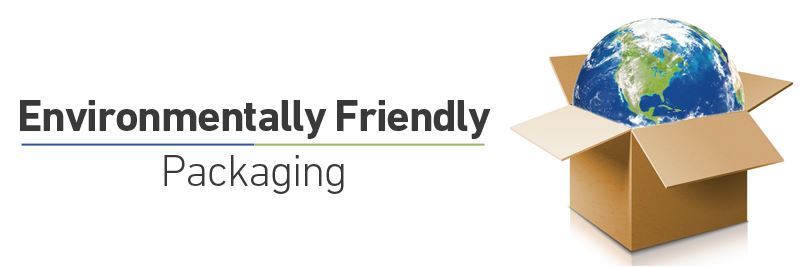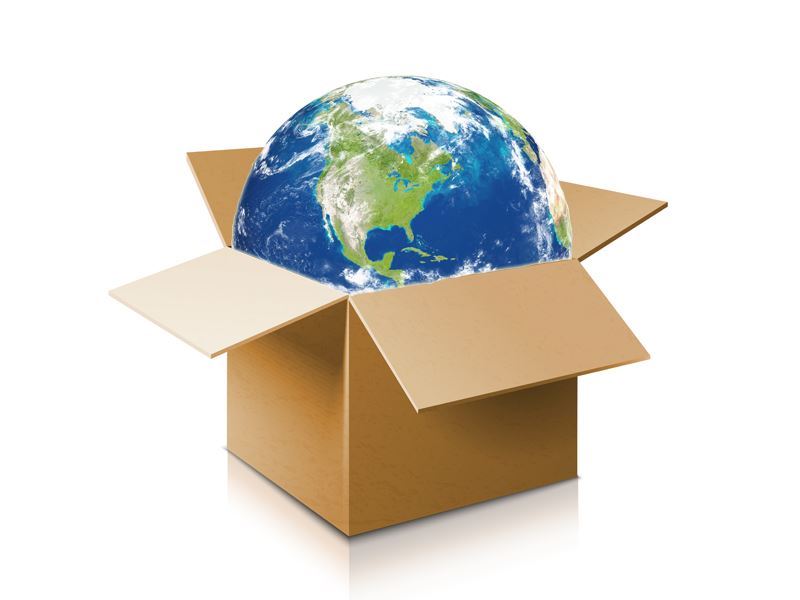We live in an increasingly online-orientated world, which affects businesses just as much as consumers if not more. Unlike a consumer sitting at home, who has the choice between a brisk visit to the shop, a regularly deliver from an online grocery seller, or a quick purchase on Amazon or eBay – businesses are required to offer a multitude of options for customers for fear of being rolled over by the online selling steamroller.
As the online shopping market continues to blossom, so does the packaging and postal demand. Sadly, click and collect isn’t going to save you from needing to invest in more packaging solutions. Of course, much like with everything surrounding your business, how you package your products is governed and regulated.
What do you need to know?
You must follow environmental regulations when designing, filling or importing packaging. These regulations apply to the following itineraries, and require that everything is appropriately followed:
The amount of material you use
Your packaging should meet the minimum weight and volume required to keep the contained product in a safe and hygienic condition. This ‘minimum weight’ will inevitably vary from product to product, as the amount of packaging needed to keep a fragile product safe will be different to that of a more durable product – similarly, the materials used will be different for keeping food hygienic than it will for another non-edible product.
Hazardous substances control
Where certain hazardous substances are concerned, such as heavy metals, the packaging materials must not be in excess of 100 ppm ( parts per million). The heavy metals that fall under this umbrella are cadmium, mercury, lead and hexavalent chromium.
Recyclable packaging
In order to brand or claim your packaging to be recyclable, it must be designed so that a certain percentage of the materials you use in the packaging are recyclable, and that they can be separated from the non-recyclable components in order to allow the end user to actually recycle them!
- If you plan on making the end-point of your packaging an energy recovery plant (Energy generated through burning materials) you must ensure that your packaging contains at least 50% organic materials that can be burnt. This include paper, wood, cardboard and others in a similar vein.
- Packaging designed for composting must also be biodegradable!
- Reusable packaging must be designed in such a way that it can be used at least several times before it should be thrown away. You must ensure that it meets the requirements for recycling, energy recovery or composting so that it can be correctly disposed of once it’s multiple uses are expired and it is time to dispose of it.


